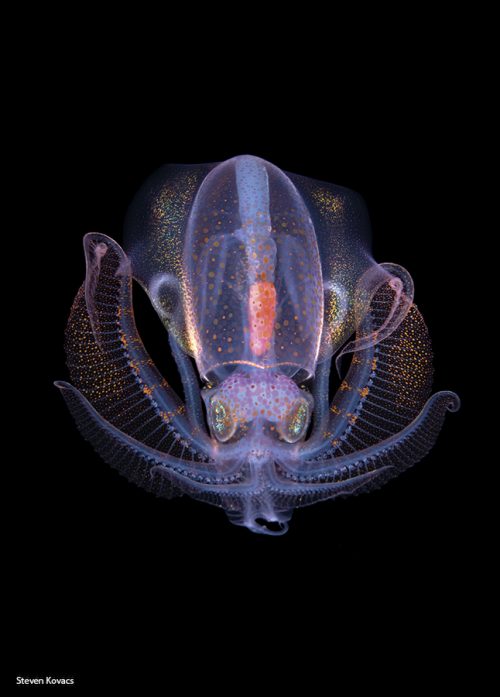I told you not to read that book, but a bunch of you did, and now look what’s emerging from the depths.
As we all know, from the teleological impulse, all lineages are destined to converge on the truest, most godlike form, therefore someday your descendants will all look like that, because you just had to read the damned book.







